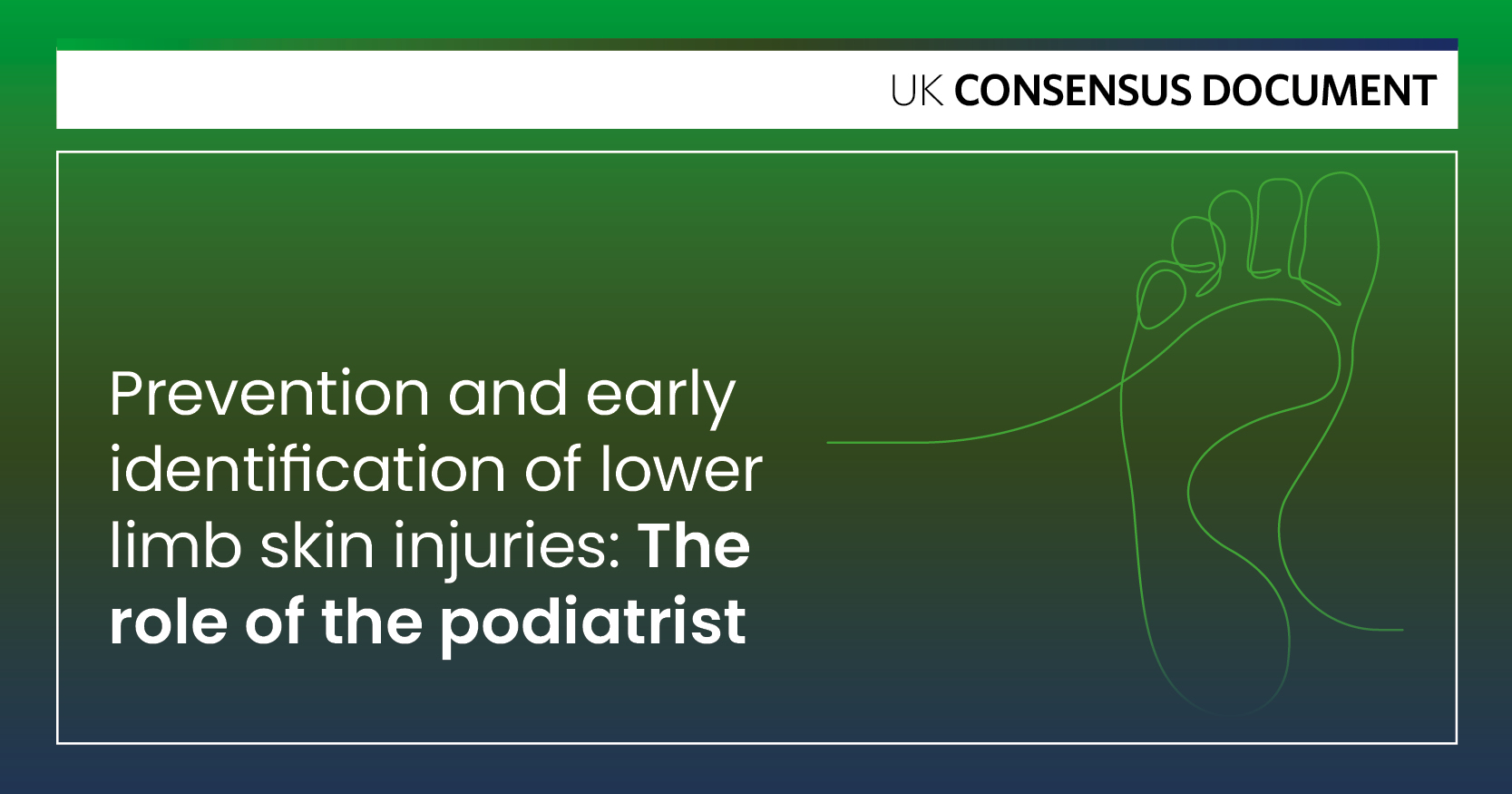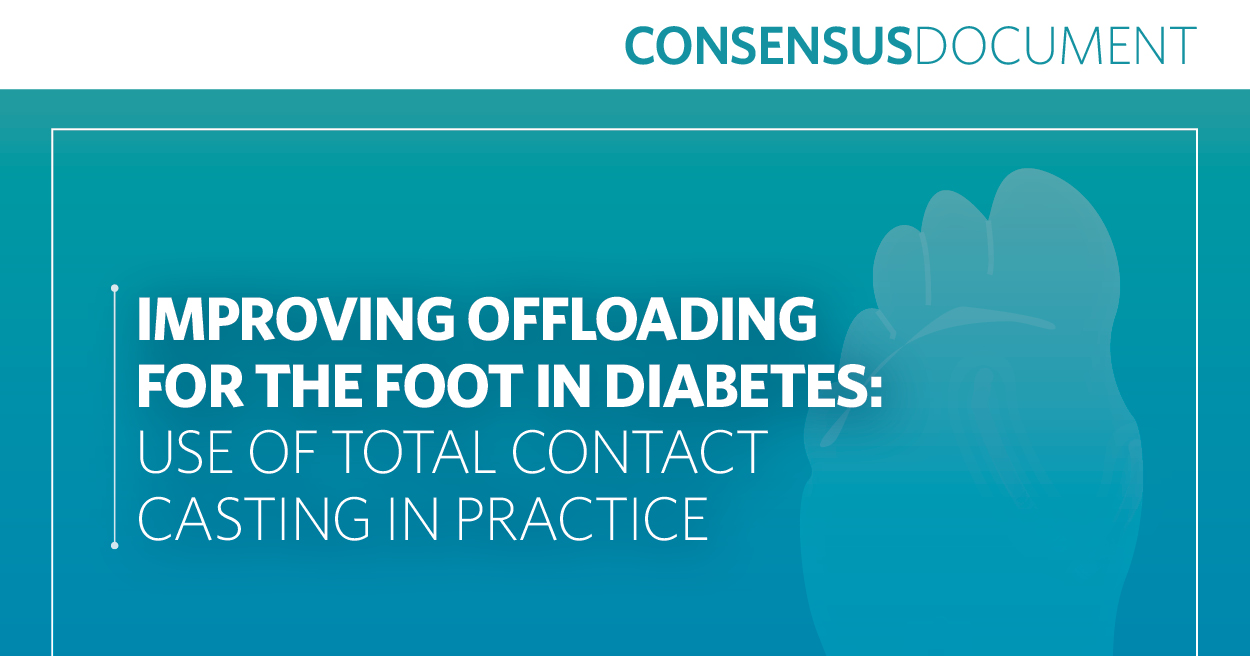Fungi are eukaryotic micro-organisms that are widely distributed throughout the ecosystem and are saprophytic, being mainly responsible for recycling organic material. Some fungi are pathogenic and are able to cause superficial or systemic infections. Dermatophytes are a small group of fungi that are capable of invading the stratum corneum and keratinous tissue such as skin, nails and hair (Weitzman and Summerbell, 1995). Their natural reservoir is soil, animals and humans; transmission to humans occurs directly, or indirectly, by touch. In immunocompetent individuals, dermatophyte infections are usually restricted to superficial keratinised regions and those that affect the feet can give rise to tinea pedis (athlete’s foot; Weitzman and Summerbell, 1995; see Figure 1).
Infection of the nails (tinea unguium, or onychomycosis; see Figure 2) is not exclusively caused by dermatophytes. Yeast species are common causative agents of onychomycosis of the hands (Andre and Achten, 1987), and non-dermatophyte fungi may be involved in the feet (Elewski, 1998).
Heald and colleagues (2001), for example, showed that persistent fungal infections of diabetic foot ulcers that had failed to respond to antibiotic therapy were resolved by antifungal therapy.
Once established in a susceptible individual, both tinea pedis and onychomycosis are often persistent and difficult to eradicate. Tinea pedis is never a life threatening condition, but it can result in erythema, irritation and loss of skin integrity with cracking and maceration or scaling. Onychomycosis gives rise to discolouration and thickening of nails. For immunocompromised individuals (for example those with diabetes), such changes can have more serious consequences, as any perturbation in epidermal barriers increases the risk of the development of foot ulcers, with subsequent microbial colonisation and, possibly, infection. Carefully managed diabetic foot ulcers may progress to healing, but, when it occurs, infection always interrupts the healing process and, at its worst, can lead to deteriorations which culminate in amputations. Intervention to prevent infection is essential (Jeffcoate and Harding, 2003), although indiscriminate use of antibiotics is not advised (Berendt and Lipsky, 2003).
Footwear that becomes contaminated with pathogenic fungi can act as a reservoir for infection and re-infection. Infected footwear also serves as an indicator of an individual with an infected foot. This pilot study was designed to determine the extent of pathogenic fungal contamination in the footwear of people with diabetes with a view to assessing the incidence of tinea pedis by a non-invasive approach.
Methods
Patient characteristics
During a period of 3 weeks in June 1998, 30 consecutive attendees at an outpatient clinic (held once a week) for people with diabetes at Royal Gwent Hospital were recruited to the first phase of this study (mean age: 62.4 years). This cohort consisted of 23 males.
On three occasions between September 2003 and January 2004, a total of 30 consecutive people without diabetes (mean age: 56.4 years) attending an outpatient clinic were recruited. This control cohort consisted of seven males.
All participants gave informed written consent. Formal ethical approval was considered unnecessary by the Chairman of Gwent Ethics Committee.
Patient footwear
Prospective participants were excluded from the study if they wore open-toed sandals or boots; only those wearing closed-toe footwear were included. No distinction was made between patients wearing shoes purchased themselves or those who wore surgical footwear provided by the NHS trust. A variety of insoles and orthoses were worn within shoes by both people with diabetes and those without. In cases where insoles or orthoses were worn, the sample was taken with the insole retained in place within the shoe.
Sample collection
A dry, sterile cotton wool swab (Sterilin, Stone, Staffordshire) was rubbed over the inner surface of the right shoe of each patient in the area between the inner and upper soles at a point which corresponded to the position of the medial aspect of the first metatarso-phalangeal joint. The swab was immediately inoculated onto the surface of 15 ml sterile mycobiotic agar (BD Diagnostics, Oxford) within a universal container. All sample bottles were labelled with patient details and returned to the laboratory within 4 hours of collection.
Fungal isolation and identification
In the laboratory each swab was used to inoculate one sabouraud agar plate (Oxoid, Basingstoke) and immediately returned to its respective universal container. Each plate and its respective universal container were incubated at 30 ºC and observed at weekly intervals for up to 3 weeks, with a negative result recorded if there was no significant growth at the end of 3 weeks. Bacterial and yeast species were not characterised, but all filamentous fungal isolates were subcultured to sabouraud and mycobiotic agar plates, and incubated at 30 ºC until isolated colonies formed, for a maximum of 10 days. Once in pure culture, isolates were identified on the basis of their colonial and microscopic appearance using clear sticky tape mounts stained with lactophenol cotton blue (Davey et al, 1996).
Results
Pathogenic filamentous fungi were recovered from seven out of 30 shoes tested from the group with diabetes (23.3 %). A total of 11 isolates were recovered, of which five were identified as dermatophytes and six as non-dermatophyte fungi capable of causing infections (Table 1). The footwear of three participants with diabetes were contaminated with both dermatophytes and non-dermatophytes (Table 1). In one case three isolates were recovered (Table 1). The detection of Trichophyton species in the shoes of four patients (13.3 %) is an indication that these patients at least had tinea pedis. The presence of Alternaria alternata, Sporothrix schenckii and Fusarium oxysporum in the footwear of three further participants with diabetes indicates the possibility that these immunocompromised individuals may also have had cutaneous, subcutaneous or nail infections. In contrast, only one culture of a potentially pathogenic filamentous fungus was recovered from the control group tested (those without diabetes, see Table 1).
Discussion
The presence of dermatophytes in the footwear of participants with diabetes was not statistically different to that of the control group; overall there was a significant difference between the presence of pathogenic filamentous fungal species in the footwear of those with diabetes compared with the control group (23.3 % and 3.3 %, respectively; P=0.026).
The epidemiology of fungal infections in people with diabetes has not been well characterised. A survey of adults in the UK (Roberts, 1992) revealed a prevalence of dermatophyte nail infection of 2.7 %, with many patients failing to seek professional advice or treatment. For people presenting with clinical signs of tinea pedis, the incidence of dermatophytosis confirmed by laboratory tests was only 32 %, suggesting that 68 % either had non-fungal foot dermatitis or false-negative cultures (Fuchs et al, 2004). Laboratory diagnosis of onychomycosis is also problematic, as Scher and Baran (2003) indicated that mycological culture yields a false-negative culture rate of 30 %.
In a multi-centre study by Gupta and colleagues (1998) the increasing prevalence of toe nail onychomycosis in people with diabetes was investigated. Abnormal nails were observed in 46 % patients, of whom only 26 % were positive by laboratory analysis. Males were found to be approximately three times more likely to have onychomycosis than females. Age, family history of onychomycosis, treatment with immunosuppressive agents and peripheral vascular disease were found to be pre-disposing factors. In a similar study by Dogra and colleagues (2002) 17 % of people with diabetes and 6.8 % of those without were reported positive for onychomycosis.
Investigations into the microbial flora of diabetic foot ulcers have indicated the presence of complex bacterial communities with few fungi observed (Sapico et al, 1984; Wheat et al, 1986; Smith et al, 1996). Yet when samples derived from venous leg ulcers were analysed using conventional mycological techniques, the presence of fungi was readily demonstrated (English et al, 1971). It is likely that such conventional methods may not be routinely applied to material derived from the feet of people with diabetes, unless specifically requested, because microbiological processing of clinical samples has traditionally prioritised the recovery and identification of bacteria, rather than fungi. The isolation and identification of dermatophytes by conventional means is a demanding and time-consuming process, although it is hoped that the development of modern molecular techniques (Howell et al, 1999) will enhance the speed and accuracy of the process.
In view of the difficulties in detecting fungi in clinical specimens it is, therefore, possible that the prevalence of dermatophytes in people with diabetes may have been under-reported. Beauregard and Gilchrest (1987) demonstrated that 17.7 % of older people with skin problems have dermatophyte infections. With the increasing incidence of diabetes, and an increasingly ageing society it will become important to recognise imminent foot infections in order to be able to intervene as soon as possible. An investigation into the fungal flora of toe webs (Oyeka and Ugwu, 2002) demonstrated the presence of 14 different genera of fungi in 100 young volunteers, of which only 10 had clinical signs of infection. Thus, apparently healthy individuals were harbouring potentially pathogenic fungi.
Toe web dermatophytosis may predispose to bacterial infection (Day et al, 1996), and tinea pedis can also result in onychomycosis by secondary invasion of nails by fungi from infected skin (Williams, 1993). If tinea pedis and onychomycosis do increase the risk of secondary bacterial infections, early detection is crucial. Swabs of patients’ footwear may provide a simple and non-invasive means of identifying potential infections.
Conclusion
This preliminary study was originally limited to the detection of dermatophytes in the footwear of people with diabetes in order to explore the potential of developing a non-invasive means of identifying those patients with, or those at risk of developing, tinea pedis. The recovery of potentially pathogenic non-dermatophytes widened the scope to include the possibility of nail infections. These early findings provide sufficient evidence to merit a more in-depth study. It is clear that the examination of footwear must be supplemented by clinical and microbiological examination of specimens derived from the respective feet of people with diabetes, and that a much larger cohort must be tested. It is expected that the early detection of both tinea pedis and onychomycosis in people with diabetes may lead to improved management and a reduction in amputation rates.





